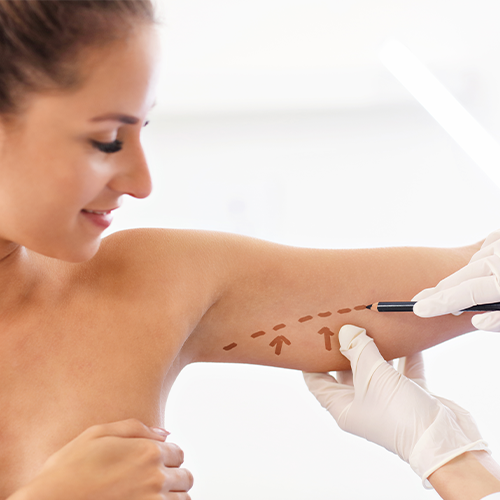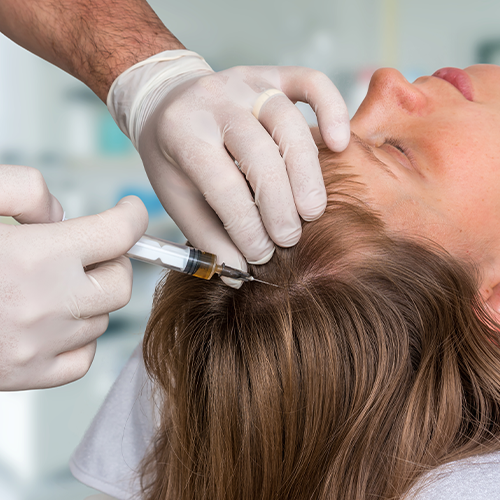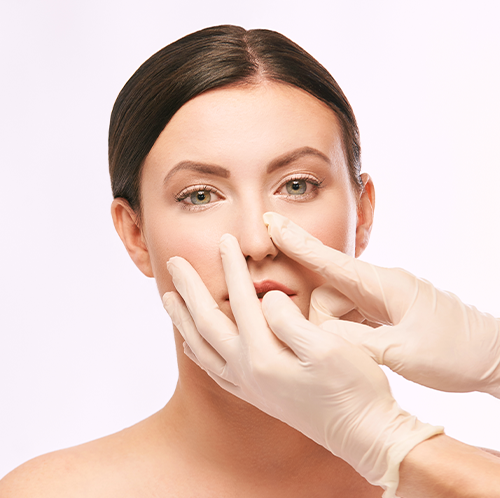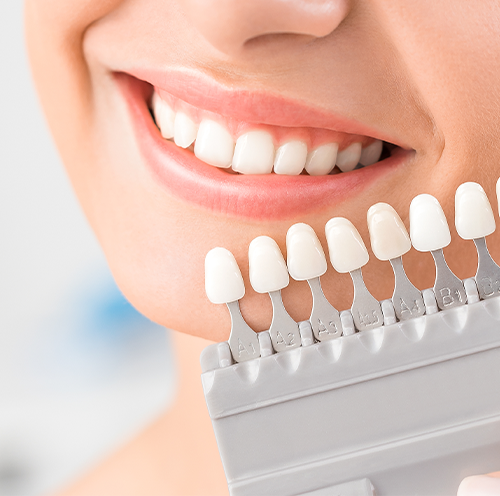
Beard transplantation for men is as common as hair transplantation. Some men can be unlucky to have less beard, or spot-baldness on the cheeks and chin may happen due to several reasons such as trauma, medical reasons, or genetics.
Some of the reasons of losing beard may include;
- Genetic or congenital hair loss
- Hormonal imbalance
- Medications
- Stress
- Eating habits
- Skin disorders
- Trauma, scar or burn
There is a difference between growing the already existing but weak beard and making hair grow in a place where there are no beard cells under the skin. While topical treatments are effective for making the beard stronger and healthier, they cannot make the beard follicles grow if there is none to start with. The balding areas where they lose the hair follicles cannot produce any new beard cells. In this case, hair transplantation must be done in order to replace the dead cells with alive and active hair follicles.
Who can have the Beard Transplantation?
Men who begin growing hair around the beard and mustache area of their face, may have the transplantation. Men who have scar or burned tissue and cannot grow a beard because of the traumatized tissue may have the operation. Men who want to have a richer and bushy look may have the transplantation in Orenda Health with provided high quality techniques.
Since the transplanted hair follicles will be replaced with alive and active ones, the doctor should examine the hair follicles first. Usually the new follicles are taken from the back of the head, between 2 ears from the upper neck area. If the abundance of the hair is enough, and if the follicles are also healthy and strong, the doctor will choose the follicles to be transplanted to the desired areas that lack the cells. If the hair follicles are not healthy or strong enough, doctor will recommend other alternative options.
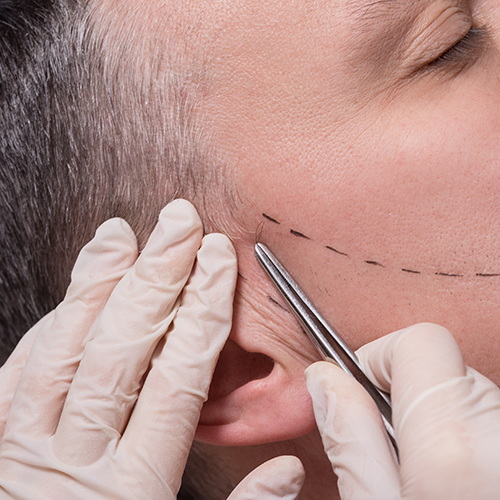 Examination should be done before making any decisions. Patients who have heart diseases or history of cancer are not advised to have hair transplantation. Patients who use blood-thinning medication should consult their doctors and get necessary papers stating that they are suitable to have the hair transplantation operation.
Examination should be done before making any decisions. Patients who have heart diseases or history of cancer are not advised to have hair transplantation. Patients who use blood-thinning medication should consult their doctors and get necessary papers stating that they are suitable to have the hair transplantation operation.
Firstly, the area that will give the active hair follicles will be shaven. Then local anesthetics are applied. Later, the follicles from the active area are taken out and put into a special transplantation solution to keep their activity alive. Then the affected area which needs those transplants will be made ready with sapphire needles to receive the freshly harvested hair follicles. After transplanting the follicles into their new homes, the operation is done. The shaven area where the follicles were collected are dressed with special ointment which has gold particles. This golden cream keeps the shaven area sterilized and prevents swelling, pain and bleeding.
Recovery after Beard Transplantation Operation
After the beard transplantation, the patient will be called to check in the next day for the first washing. Then the patient is instructed on how to wash the area for 10 days. On the seeded areas, tiny wound crusts will form and then fall naturally as the skin heals. This operation needs a strict follow-up, and the patient needs to check in with the doctor for examination after the operation. 10th day, 3rd month, 6th month and 10th month follow-ups are scheduled beforehand. The growth of the new follicles are able to be seen around the 3rd month after the operation for about 30%. After the 6th month, almost 60% of the hair will be visible. Final results of the operation will be seen around 10 months to a year. In order to grow the hair healthier and stronger, the doctor can recommend supplementary therapies such as PRP (Platelet Rich Plasma) or Mesotherapy.
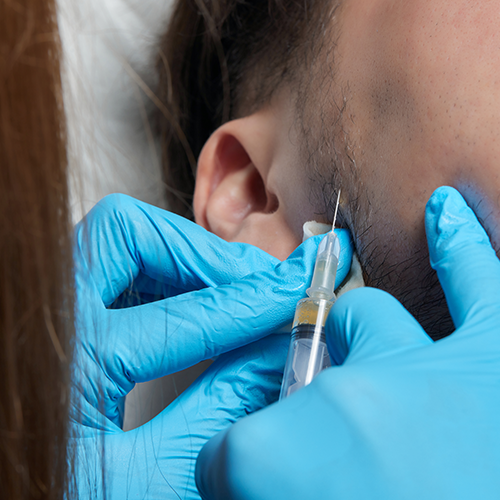
 Average length of stay
Average length of stay Length of stay in hospital
Length of stay in hospital Operation duration
Operation duration Anesthesia
Anesthesia Recovery Duration
Recovery Duration